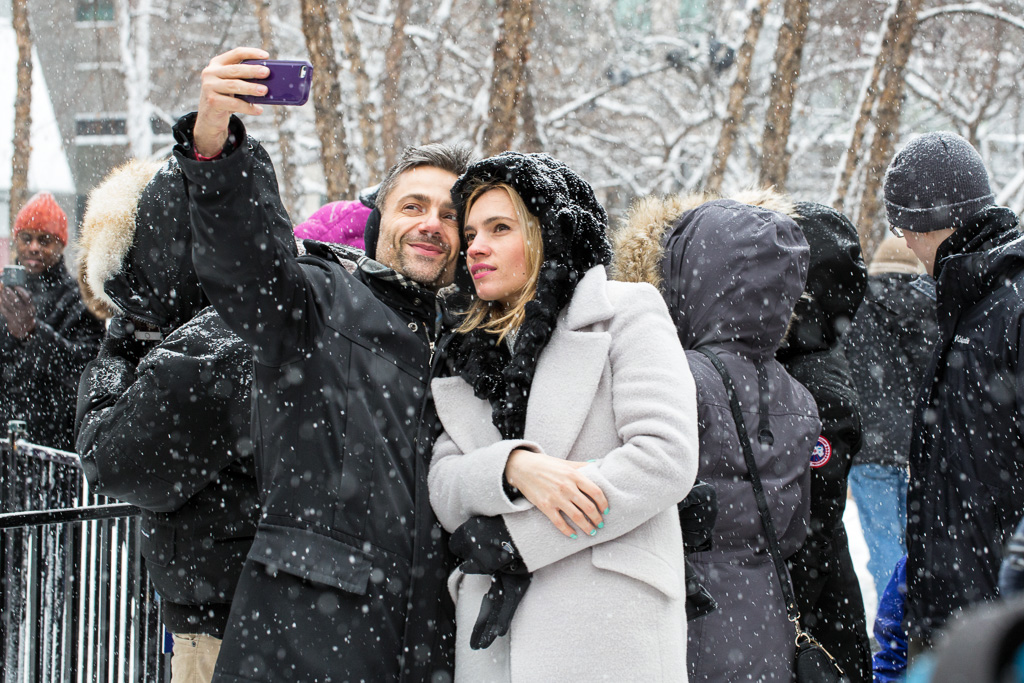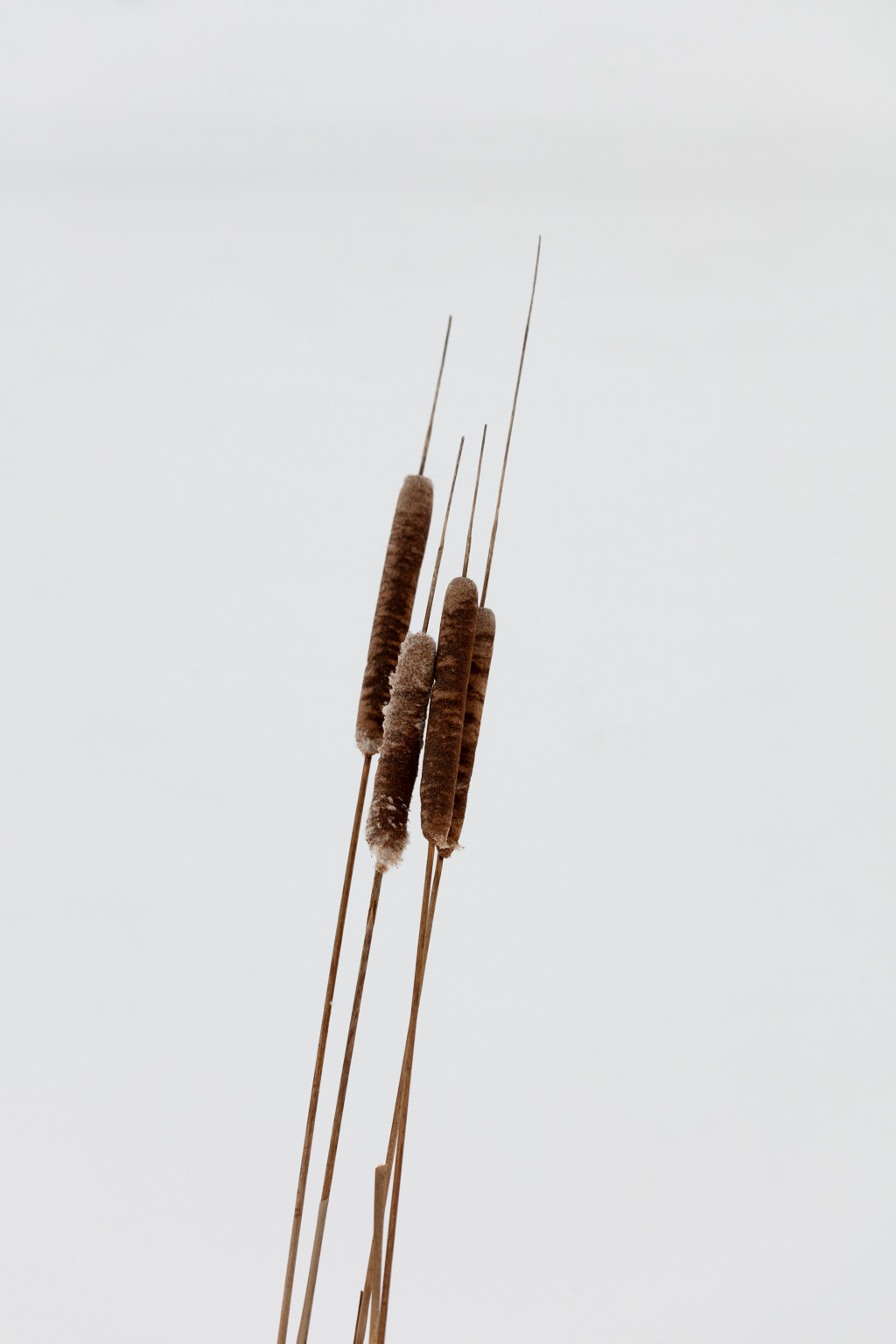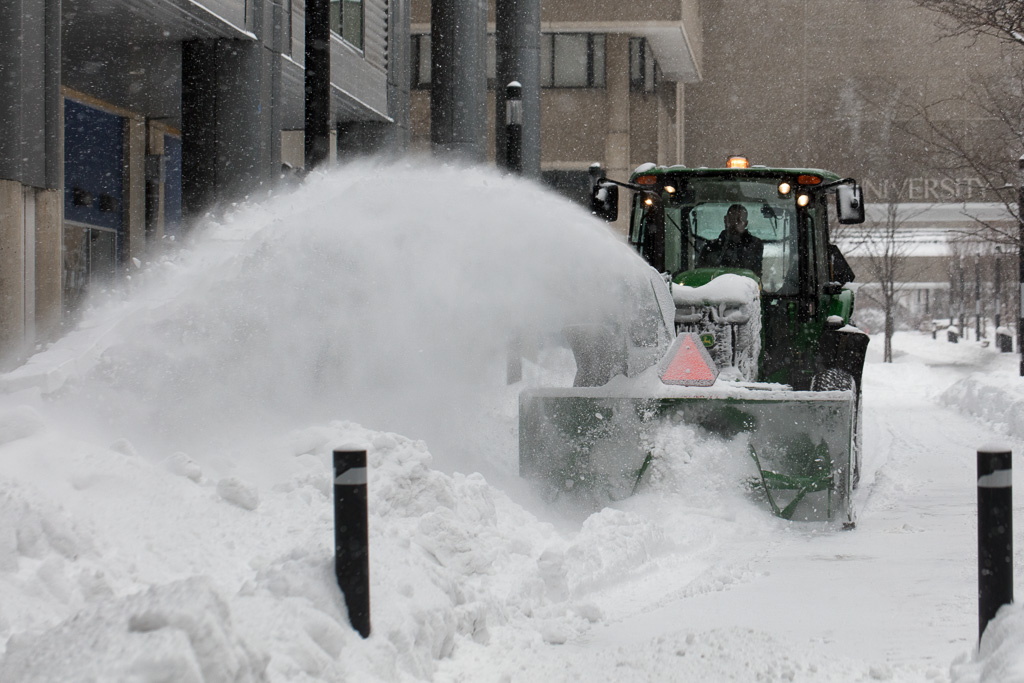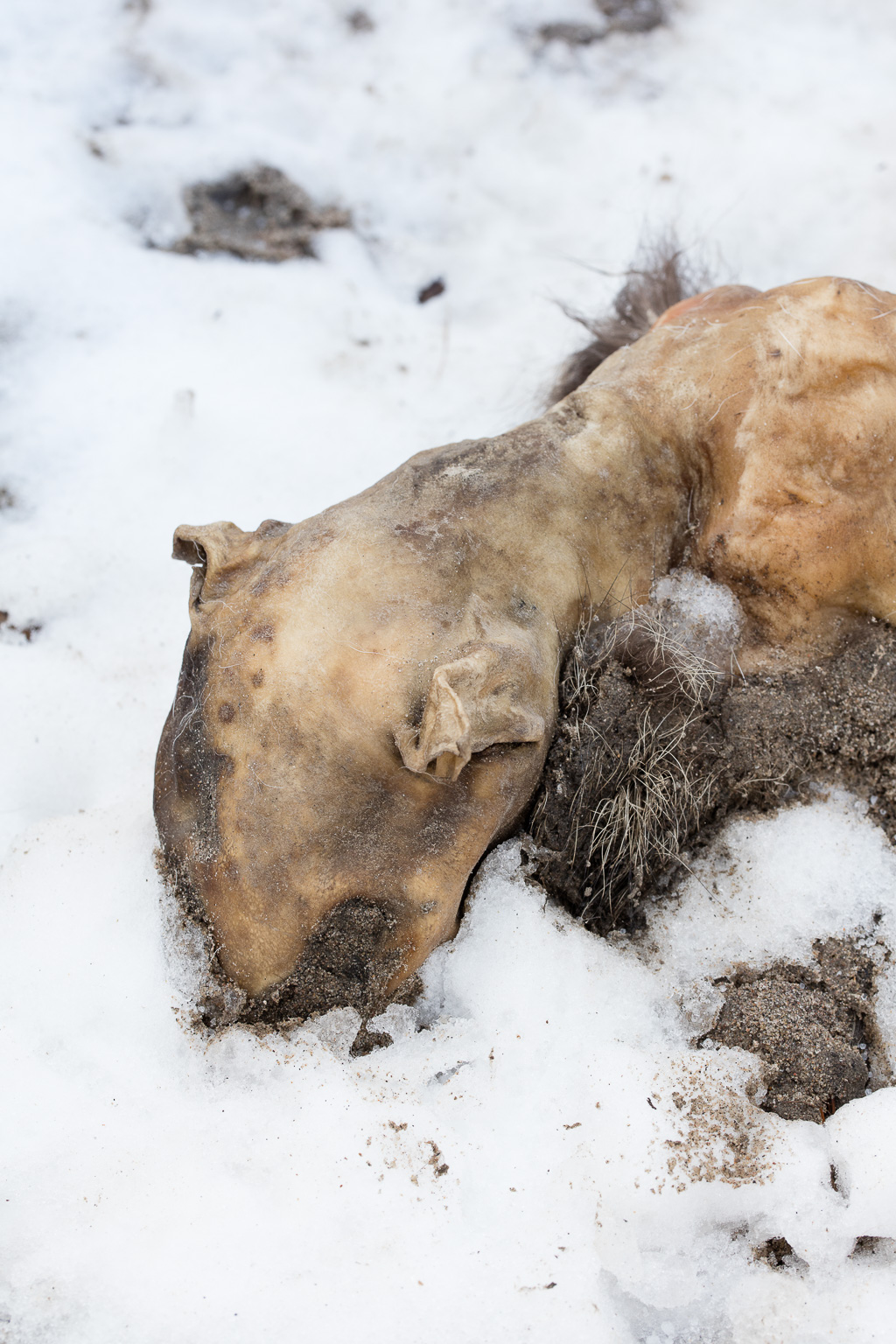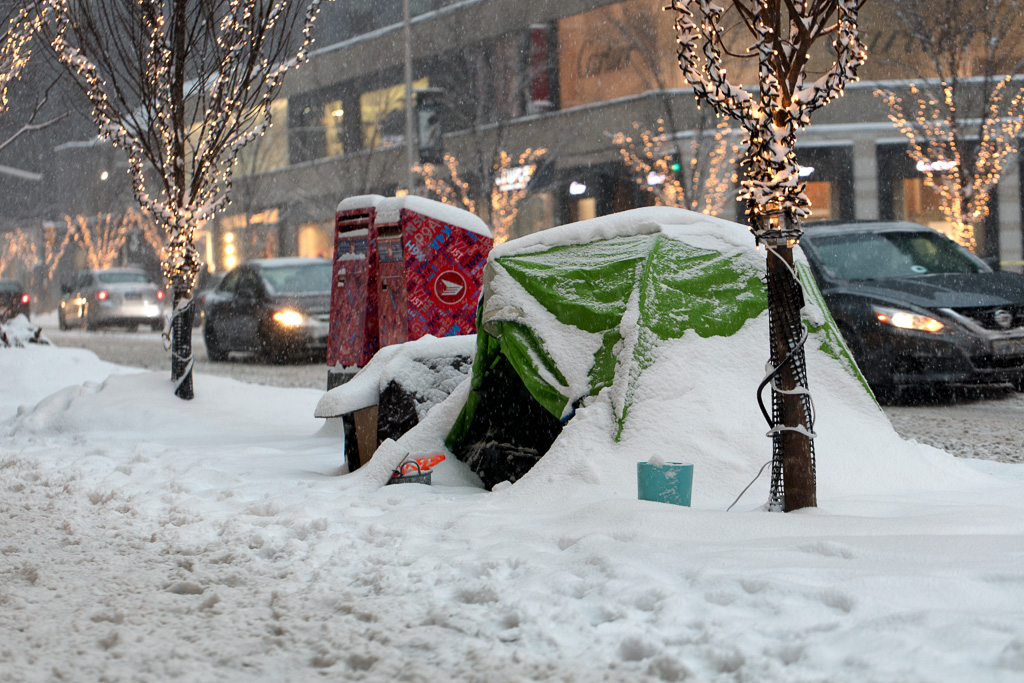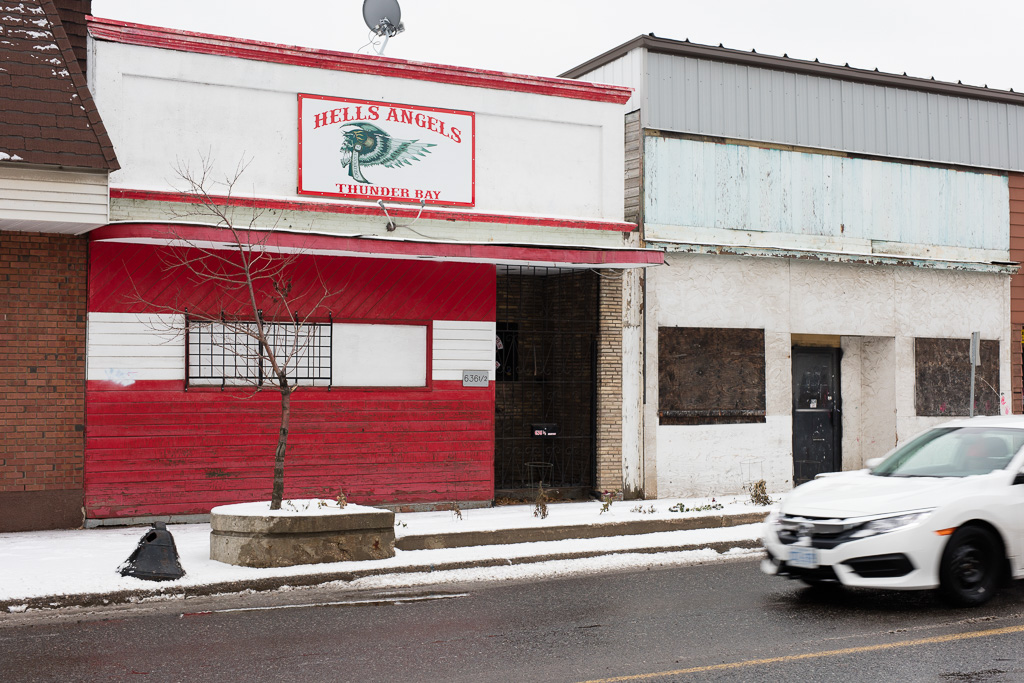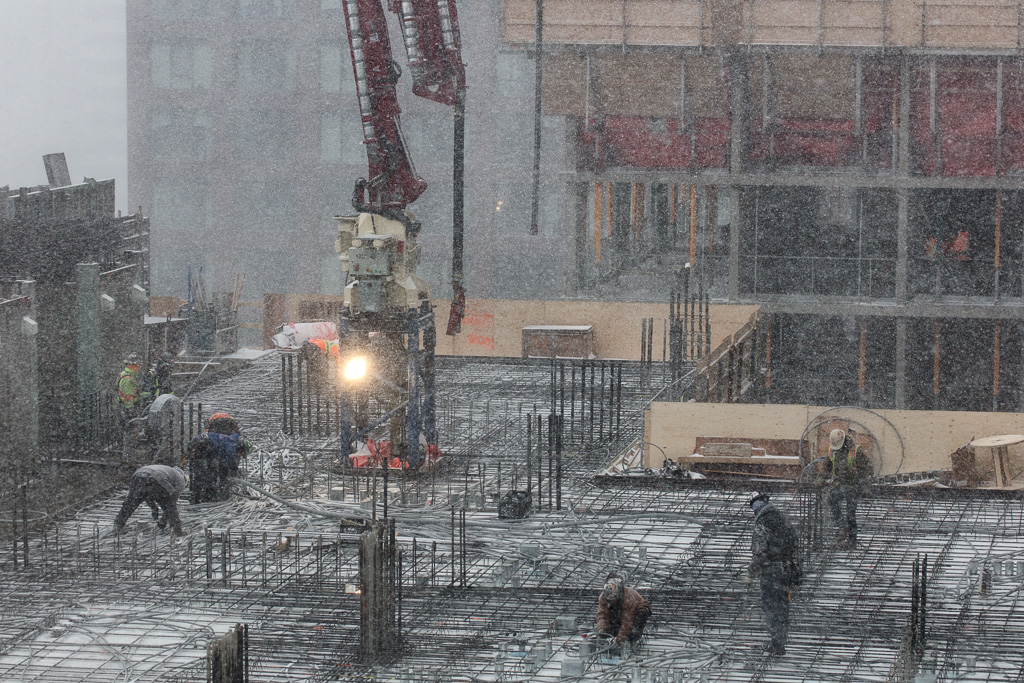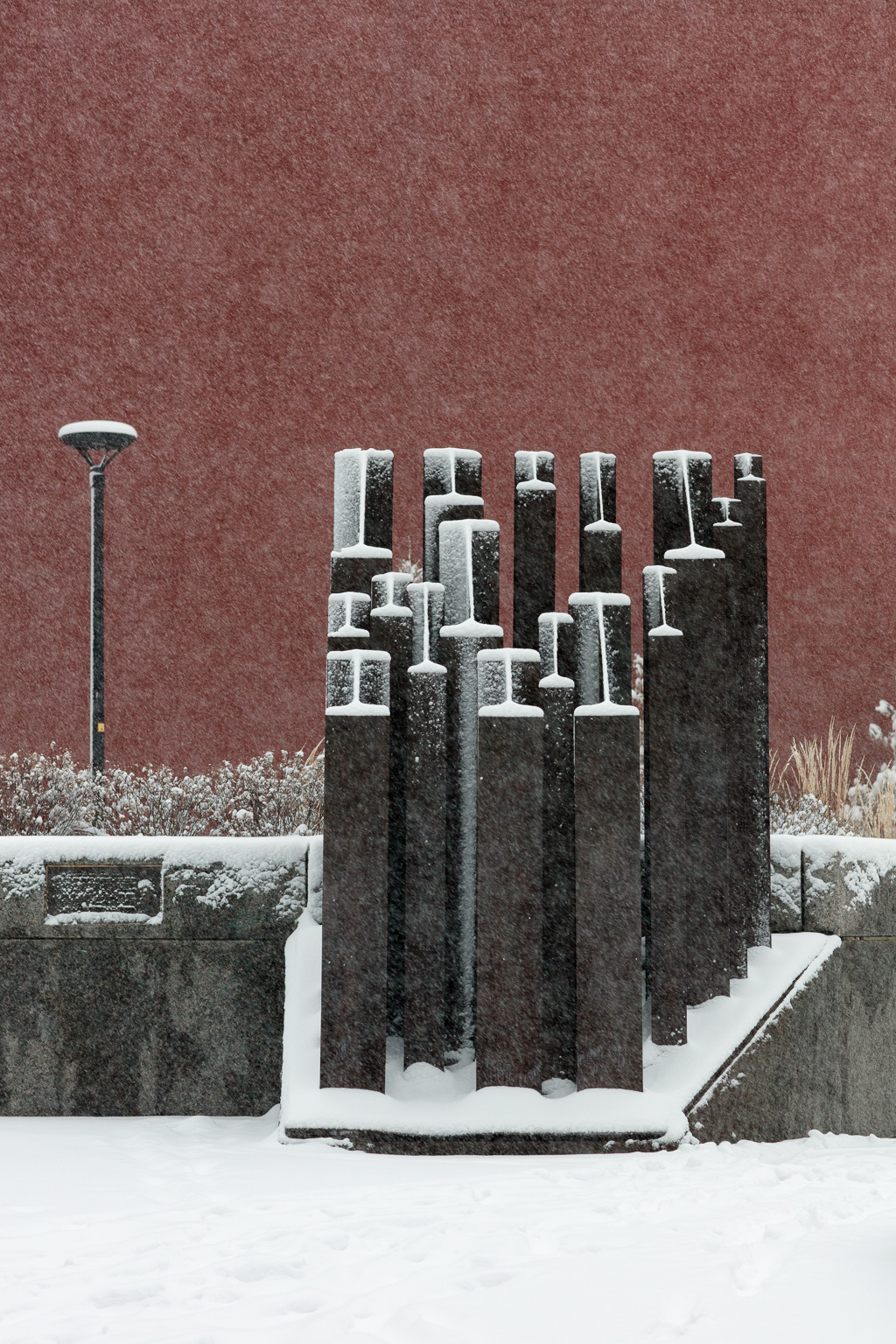My dad tells the story of how, when he was little, he thought his mother spoke French. Admittedly, she had a distinctive accent, but it was the sort of accent that came from Boston, not from Rimouski. My grandmother had that classic New England accent that does strange things to the letter “R”. It removes “R’s” from words where they belong (Hahvahd instead of Harvard), and adds “R’s” to words where they don’t belong (especially at the end of words that end in a vowel). To my grandmother, everything was a good idear. If you’ve ever listened to Major Charles Emerson Winchester, III from M*A*S*H (David Ogden Stiers) then you have a good idear how my grandmother spoke.
However, my grandmother developed some linguistic idiosyncrasies, maybe because she married a Canuck and moved north of the border. My grandfather was a minister and one of his early charges came with a manse that had no indoor plumbing. My dad doesn’t appear to have been traumatized by the experience. Nevertheless, he does recall one odd feature of his early toilet adventures. Whenever it looked like he might have to go to the bathroom, my grandmother would ask him if he had to go to the pouchaud and point to the outhouse.
This explains why my dad thought his mother spoke French. He had no idea what the word meant, but it sounded French, and he naturally assumed it had something to do with the outhouse. It wasn’t until later that he realized what she was saying: Do you have to go to the push hard? With her tendency to run words together coupled with her inability to say the letter “R,” she had effectively invented a new word, pouchaud. I don’t suppose it will ever find a place in the Oxford English Dictionary, but it has an honoured place in our private family dictionary.


